Is the basement wet? Moisture in the basement is not a common problem. In fact, the basement is a well-known dark and humid place. However, no matter how common, moisture in the basement can be bad news. Unfortunately, for homeowners, a small amount of moisture can become a big problem. From structural damage to toxic mold that is harmful to your health, the moisture in the basement can cause major problems for your home. So, what is the reason for the damp basement? More importantly, what measures can you take to solve it?
Let's start from the beginning. First, how do you know if there is moisture in the basement? It is important to be able to recognize warning signs and symptoms. The signs of moisture in the basement may not be as obvious as a puddle on the floor. In fact, there are many ways to get moisture into the basement. Here is a quick list of some things to look for:
- Water dripped from the wall.
- Saturated foundation (damping ring) for concrete walls.
- Condensation on walls and floors.
- Stained or blistered wall.
- Humid air.
- Water on the floor.
- The carpet or wood has deteriorated.
- Musty or musty smell.
The damp basement is more than just a nuisance. If your basement includes finished living spaces, any kind of moisture can damage carpets, drywalls, and frames. If you have a damp basement, you are not alone. The American Association of Home Inspectors estimates that 60% of American homes have wet basements and 38% of homes are at risk of basement mold.
Where does the moisture in the basement come fromThe moisture in the basement usually comes from one of the following three sources:
Rain or groundwater
In short, this is how external water enters the interior. As little as 1 inch of rain can pour 1,250 gallons of water onto a 2,000 square foot house. Without proper slope, downspouts, and sinks, water may seep into the basement.
Internal source of moisture
Sometimes the water in our basement originates from or is produced there. These sources may include moisture in dryers, showers, cooking, humidifiers, and even fresh concrete.
Humid, ventilated outdoor air
In warm weather, we often open the basement windows to help ventilation. However, when we let moist outside air enter the cool basement, it will condense on the walls and floor.
Now that we know the possible source of water, we can determine the cause of the water and finally determine the solution to the problem.
Causes of moisture in the basement and solutions
1. Indoor water leakage
It seems easy, but when trying to determine the cause of a damp basement, always check the interior for leaks first. Leaks can come from many places: showers, sinks, toilets, washing machines, dishwashers, broken pipes, to name a few. Sometimes, if the moisture in the basement is on the ceiling or wall below the bathroom or kitchen, it is to blame for internal leaks. Find the location of the moisture, and then determine if there is a leak in the area.How to solve: Internal leakage is usually one of the easiest problems to solve. Just fix the leak (or let the plumber fix it for you), and if you have bad luck, that's the cause of the moisture and it will disappear forever.
2. Invalid score
Due to the poor grade, rainwater or groundwater often enters the basement. The ground around the foundation should be inclined away from the house, not towards the house. If the drainage direction is wrong, water will accumulate on your foundation and eventually enter the interior. This usually happens when the infill soil around your foundation is not properly compacted. As the soil settles, the slope will change, and water will flow toward your house instead of away from it.How to fix it: Build up dirt around your foundation, forming a slope away from the house. Each foot should be at least 1 inch and at least 6 feet.
3. Missing or defective leaking trough or downpipe
The purpose of gutters and downpipes is to direct rainwater away from the foundation of your house. If these drains and downpipes are lost or fail to function properly, rainwater will usually flow directly to your foundation. When water flows to your house, it will accumulate in the soil around the house. If water accumulates around your foundation, chances are it will seep into the basement.How to solve: If you have not installed a drain, please consider adding it. At least one downpipe should be placed for every 50 feet of eaves. Extenders should be placed on all downpipes to disperse the water at least 4 feet from the foundation. Existing drains should be cleaned regularly to ensure their normal operation.
4. The Foundation broke
If you have cracks in your foundation, you can be sure that water will find them and enter the basement. In fact, sometimes water is even the cause of the crack itself. If the floor joist is not properly connected to the foundation wall, it will move the wall and cause cracks. Due to poor soil drainage, water can actually cause cracks in the foundation.If the water is not drawn away from your foundation and accumulates on the walls of the foundation, the pressure (hydrostatic pressure) will force the water into the wall, creating cracks. No matter how the cracks are formed, if the cracks exist, water will enter your basement through the cracks.
How to repair: Depending on the cause of the crack, your solution will be different. If the crack is caused by hydrostatic pressure (due to the accumulation of water around the foundation), repairing the external drainage system will help solve the problem. The crack will still need to be repaired, but the cause should have been repaired. If structural problems cause cracks, appropriate foundations and connectors (belts or anchor bolts) should be placed to seal the gap.
5. Condensation
When the warm and humid air comes into contact with the cool basement walls and floors, the basement will condense. When the walls cool the warm air, moisture is produced, just like condensing in cold beer in the hot summer. If the moisture in the basement comes from condensation rather than leakage or drainage problems, you will be lucky because these problems are usually easier to solve and less costly.Repair method: There are several methods to solve the condensation problem in the basement. First, check the exhaust of the dryer and drain the central air conditioner. Make sure they are not blocked and flow normally. Both can cause surprising amounts of moisture to enter the air. Next, consider one of the following options:
Air mover: If there is a bathroom or kitchen in the basement, make sure to install (and use) an air mover. The steam produced during hot showers and cooking will produce a lot of moisture, and if trapped, it will produce condensation. When taking a shower or using a stove, be sure to use an air mover.
Increase air circulation: If there is little condensate, increasing air circulation can solve the problem. If your basement does not have air conditioning vents, consider adding some vents. This is usually a relatively easy project. Make sure to open the vents to maintain air circulation.
Install a basement dehumidifier: What is a dehumidifier? This is an electronic device whose sole purpose is to reduce the humidity in the house. If you want the basement to be less humid, no musty smell, and become more comfortable; then, it is indispensable to install a basement dehumidifier, which can not only quickly and effectively remove excess moisture in the air; but also The basement ambient air humidity is controlled within the most suitable range, to maintain a dry and comfortable basement environment. Baseaire dehumidifier is a high-efficiency, energy-saving, and environmentally friendly dehumidifier manufactured by strictly using professional technology and exquisite craftsmanship. It has an intelligent constant humidity control system. Users can automatically control the work and shutdown of the dehumidifier according to their needs, through automatic control. The efficient dehumidification effect reduces the operating cost of the whole machine.Check our guide to learn how to choose a basement dehumidifier.
Moisture warning sign
If you find signs of moisture in the basement, don't wait for it. The longer the problem lasts, the greater the repair cost. For more dehumidification equipment for moisture removal in wet basements, please contact our team. Or you can view the pdf information of our dehumidifier products on our website to better understand whether you need them.

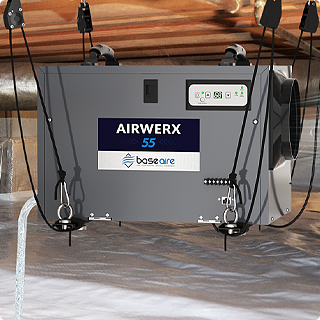
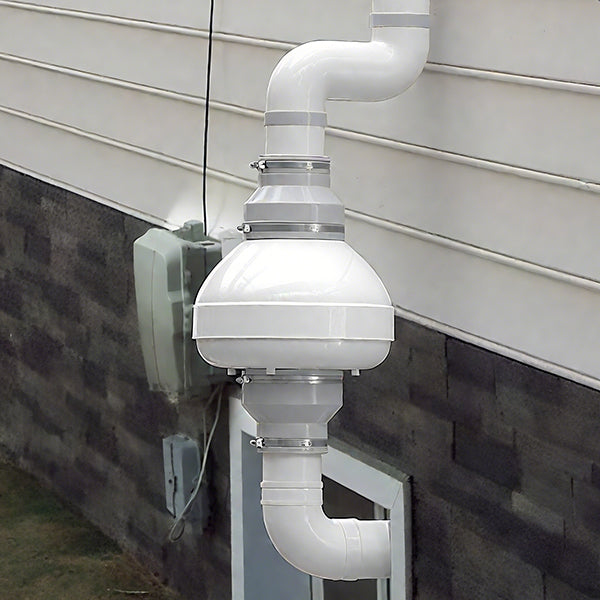
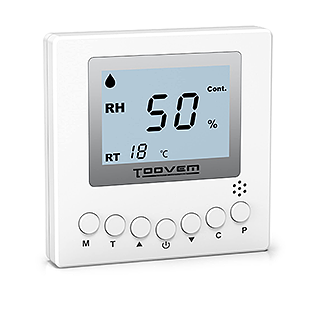
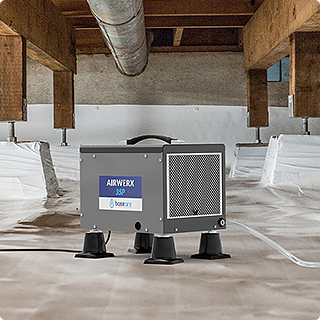
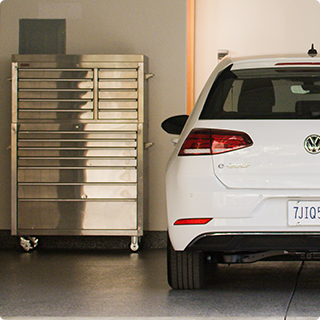
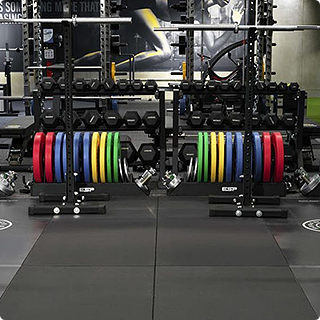



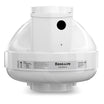
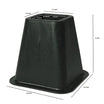


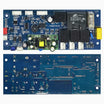
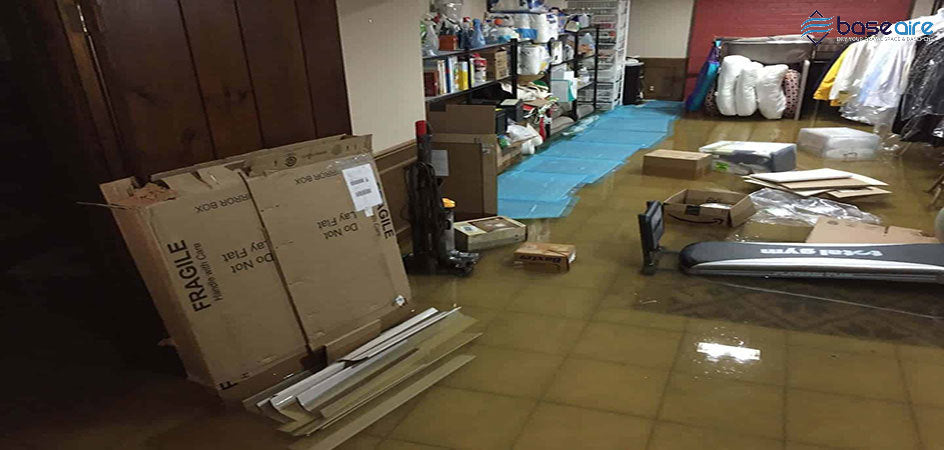
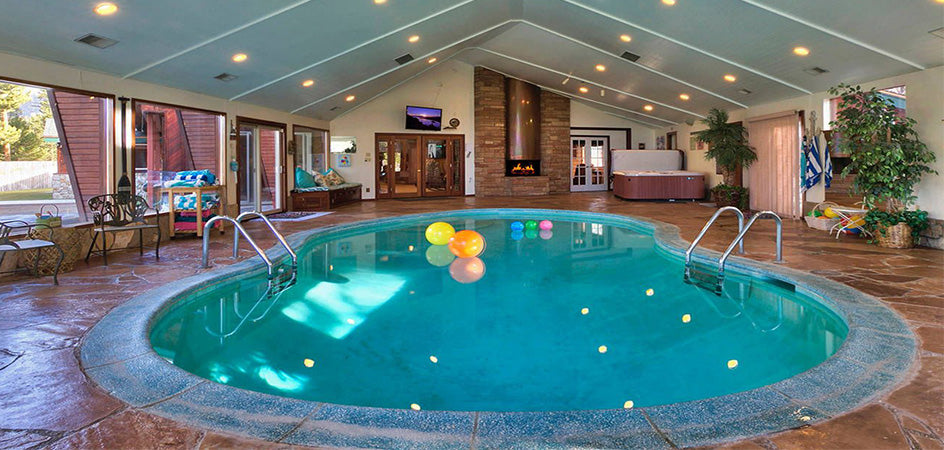






Leave a comment
All comments are moderated before being published.
This site is protected by hCaptcha and the hCaptcha Privacy Policy and Terms of Service apply.